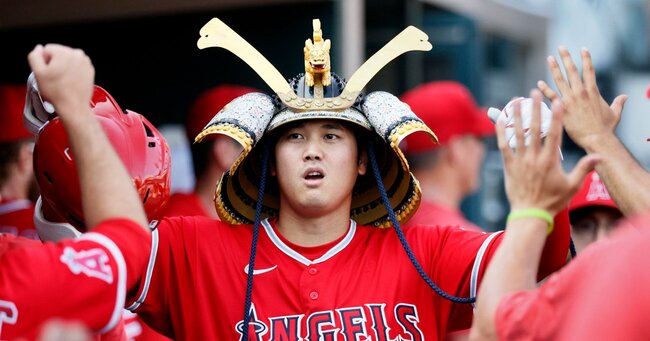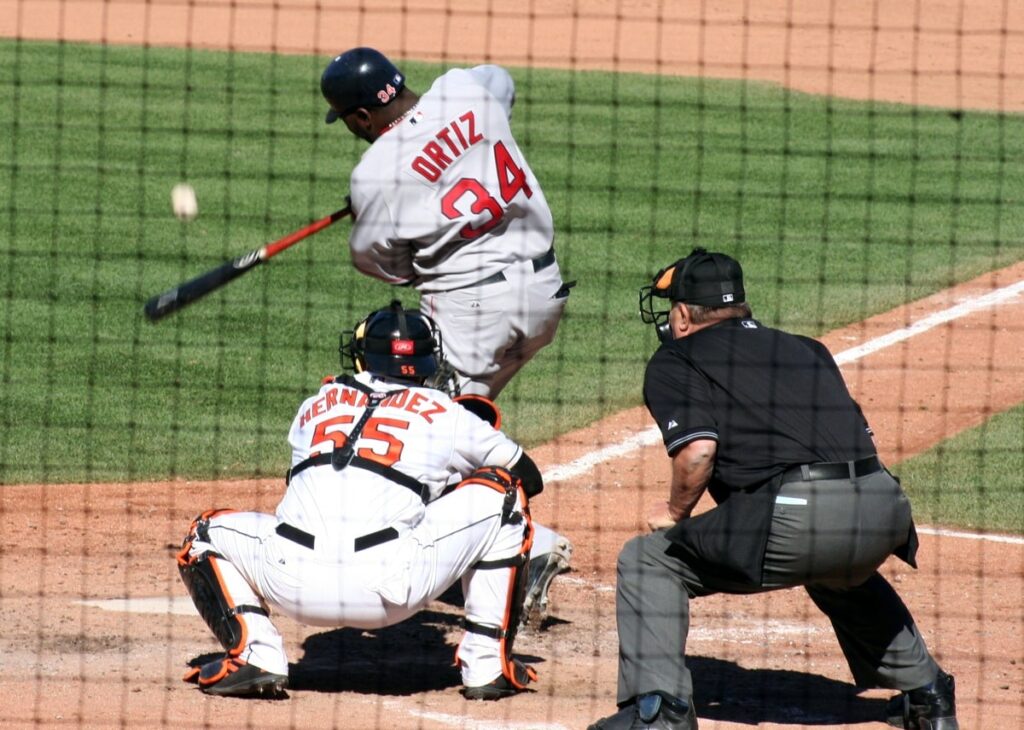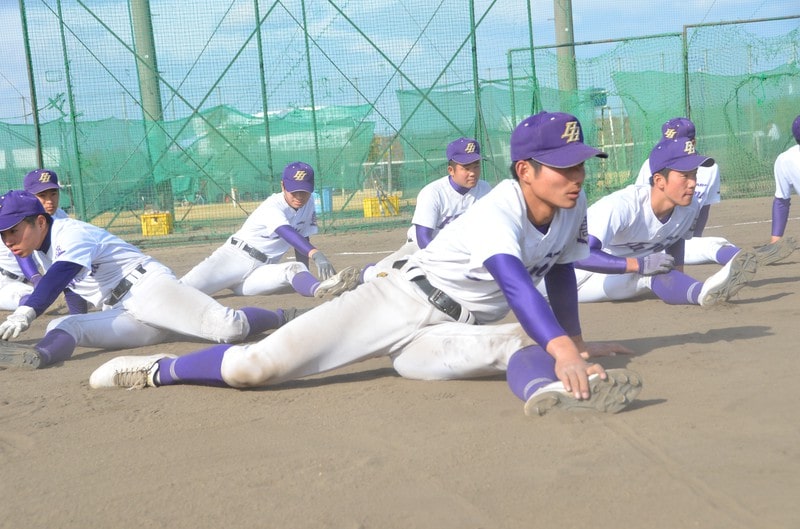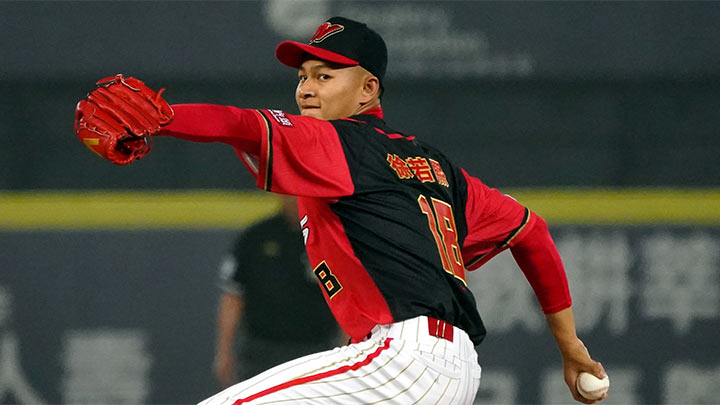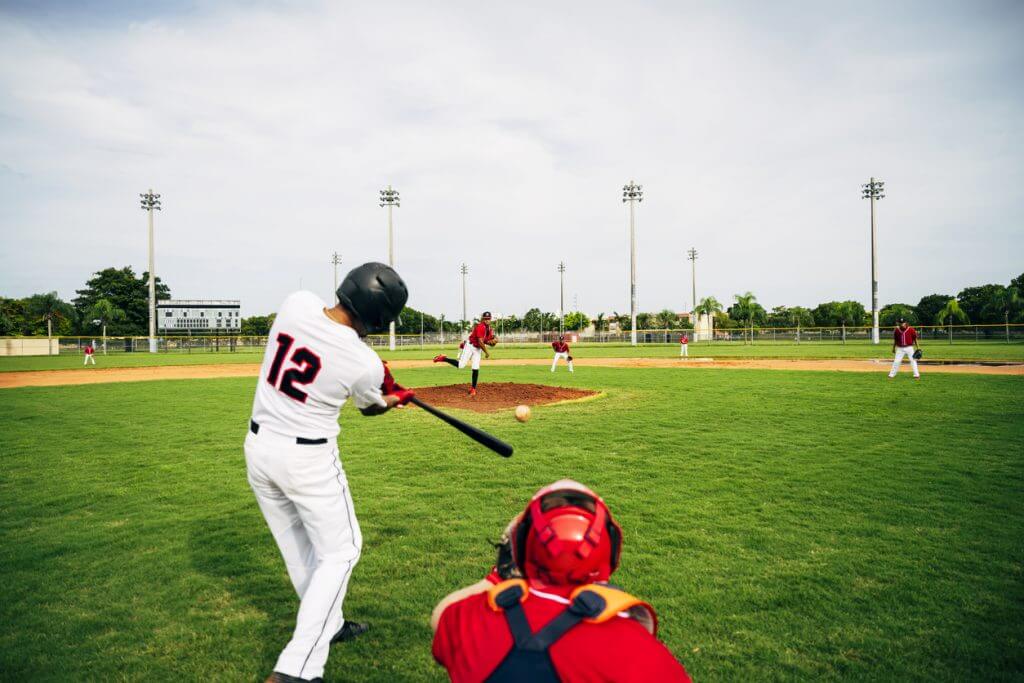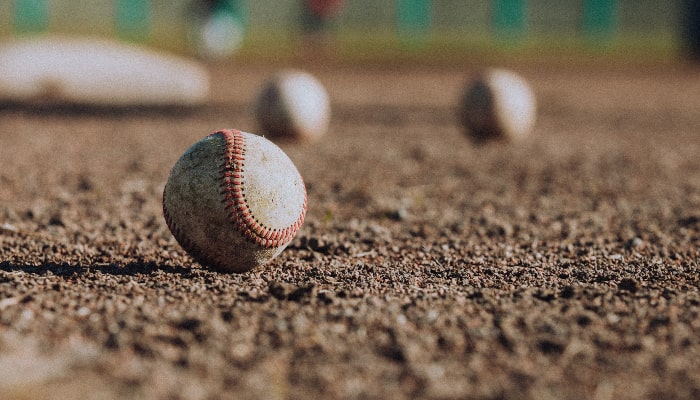
When watching baseball, you often hear the words “left field” and “right field,” but have you ever wondered which is which position specifically?
Left field and right field are two outfield positions that play important roles in baseball defense.
Each position has a different role and required skills, and placement is determined by the player’s suitability.
In this article, we will explain in detail everything from the basic positions of left field and right field, to the differences in their defensive ranges and roles, as well as the differences in the skills and hitting power required of players.
We will also touch on great players of the past, points to consider when choosing a position, and practice methods and training.
After reading this, you will understand the difference between left field and right field, and watching baseball will become even more enjoyable.
Let’s take a closer look.
目次
- 1 Basic left and right positions
- 2 Differences in defensive range and roles between left and right fielders
- 3 Required skills for left and right fielders
- 4 Differences in hitting power between left and right fielders
- 5 Famous left and right field players and their characteristics
- 6 Points to consider when choosing the left and right positions
- 7 Left and right practice methods and training
Basic left and right positions
A baseball field has an outfield and an infield, with three positions in the outfield.
Among these, left field and right field are important positions that protect the left and right sides of the outfield.
Here we will explain in detail the basic positions and roles of left and right fielders, as well as their relative positions on the field.
Left and right roles
The left fielder is the outfielder who plays on the left side of the field.
The defensive position covers a wide area, from the left side of home plate to left center field and the foul line.
The left fielder’s role is to catch balls hit by left-handed and right-handed batters and quickly return them to the infield.
Left fielders are required to have the ability to quickly catch hard hit balls and accurate throwing skills.
In addition, reaction speed and judgment are also important in order to deal with high hits near the fence and line drives.
The right fielder is an outfielder who plays on the right side of the field, and his defensive position extends to the right of home plate, from right center field to the foul line.
The right fielder’s role is primarily to handle balls hit to the opposing team by right-handed and left-handed batters.
Right fielders are particularly required to have the ability to throw long distances, so a strong arm is important.
There are many situations where the ball must be returned to the infield or thrown to home plate, so accurate throwing is essential.
Position on the field
The left and right field defensive positions play an important role in the overall defensive alignment of the field.
Looking at the field from a bird’s eye view, the left fielder covers a wide area from left-center field to near the left foul line, while the right fielder covers from right-center field to near the right foul line.
The center fielder covers the center of the outfield and works with the left and right fielders to cover the defensive range.
The positioning of the left and right fielders varies depending on the batter’s tendencies and the situation of the game.
For example, when a power hitter stands in the batter’s box, the left and right fielders may step back slightly.
Also, when there is a possibility of a bunt or hit and run, the outfielders will adjust their positions appropriately as the infielders move forward.
In a baseball game, the outfielders’ positioning changes depending on the situation, so the left and right fielders must constantly observe the batter’s movements and position themselves appropriately.
This type of flexible defensive positioning is key to improving your team’s defensive ability and preventing goals from being conceded.
summary
Understanding the basic positions and roles of left and right fielders, as well as their relative positions on the field, will allow you to enjoy the game of baseball more.
Each position has a different role and required skills, and by paying attention to how the players play, you will be able to get a sense of the depth of baseball.
Next, let’s take a closer look at the differences in their defensive ranges and roles.

Differences in defensive range and roles between left and right fielders
In baseball, left fielder and right fielder are both important outfield positions, but there are clear differences in their defensive ranges and roles.
Each position requires different skills and you need to be flexible to adapt to the batter and the situation of the game.
Here we will explain in detail the differences in defensive range and roles between left and right fielders.
Left fielder’s defensive range and role
The left fielder’s defensive range extends to the left side of the outfield from home plate, that is, from left-center field to the left foul line.
The left fielder is often responsible for handling balls hit by left-handed batters, and is responsible for quickly catching hard hit balls or balls that are hit high.
Also, unlike right field, there are more situations where a quick return to second or third base is required rather than returning the ball to the infield.
The left player needs to have the following skills:
- Reaction speed and judgment : You need to react quickly to hard hits and line drives.
- Catching technique : The technique to securely catch high balls hit near the fence or line drives is important.
- Throwing accuracy : Accurate throwing is especially important to second and third base. It is important to quickly handle batted balls within the defensive range and prevent the runner from advancing to the next base.
- Playing near the fence : Since left fielders often play near the fence, they need the ability to defend while keeping track of the distance from the fence.
Right fielder’s range and role
The right fielder’s defensive range extends to the outfield to the right of home plate, from right-center field to the right foul line.
Right fielders often have to deal with balls hit by right-handed batters, and since those balls come flying at a high rate, it’s especially important for them to have a strong arm.
Right field is a position that requires long-distance throwing ability, especially as there are many throws to home plate.
The Light requires the following skills:
- Strong Arm : A strong arm is necessary because the pitcher is required to throw long distances to home plate and third base.
- Reaction speed : Requires the ability to quickly catch balls hit by right-handed batters and handle them appropriately.
- Wide defensive range : Right fielders must cover a wide defensive range, so they need to be fast and agile.
- Accurate throwing : Not only long throws, but also accurate throws are required. In particular, throwing the ball back to home plate is an important play that can determine the flow of the game.
summary
Although both left field and right field are outfield positions, there are clear differences in their roles and required skills.
Left fielders are required to have quick reaction times, catching skills, and accurate throwing skills, while right fielders are required to have a strong arm, a wide defensive range, and accurate throwing skills.
By understanding the role each position plays, you can enjoy the game of baseball even more.
Next, let’s take a closer look at the specific skills required of left and right fielders.
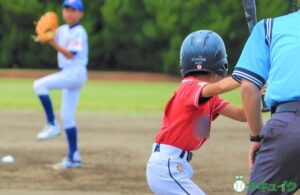
Required skills for left and right fielders
In baseball, left fielder and right fielder are both important outfield positions, but each position requires different skills.
These skills are essential for a player to play defense effectively and will greatly contribute to improving a team’s defensive ability.
Here we will explain in detail the specific skills required of left and right field players.
Skills required for left fielders
The left fielder plays the outfield on the left side of home plate, and is often responsible for fielding balls hit by left-handed batters.
The skills required for a left field player are:
Reaction speed and judgment : Left fielders need the ability to react quickly to balls hit by powerful hitters and line drives. It is important to instantly judge the trajectory of the ball and position yourself appropriately.
Catching technique : Left fielders need the technique to reliably catch balls that are high or close to the fence. Catching balls close to the fence is particularly difficult, so timing and positioning are important.
Throwing accuracy : Accurate throws to second and third base are required. Quick and accurate throwing is especially essential to prevent runners from advancing.
Fence play : Left fielders often play near the fence, so they need to be able to gauge the distance to the fence and play defense reliably while avoiding collisions. This skill relies heavily on experience and judgment.
Situational judgement : It is important to always be aware of the game situation and the runners’ positions, and to have the judgement to choose the appropriate play. In particular, it is expected that players will contribute to the team’s overall defensive strategy, such as cutting plays and backup movements.
Skills required for lighting
The right fielder plays in the outfield to the right of home plate, and is responsible for fielding balls hit by right-handed batters.
The skills required for a right field player are:
Strong arm : Right fielders often have to throw long distances to home plate and third base, so they especially need a strong arm. It’s important to be able to prevent runners from advancing with a powerful throw.
Reaction speed : You need to be able to react quickly to balls hit by right-handed batters, especially to line drives.
Wide defensive range : Right fielders must cover a wide defensive range, so speed and agility are important. Cooperation with the center fielder is also important, and quick responses to batted balls are required.
Accurate throwing : Not only is it important to have the ability to throw the ball far, but it is also important to have accurate throwing. In particular, throwing the ball back to home plate is an important play that can determine the flow of the game.
Mental strength to withstand pressure : Right fielders often have to defend at important times in the game, so they need mental strength to withstand pressure. In particular, calm play in important games and climaxes can determine the outcome of the team.
summary
Although the skills required of left field and right field players are different, both are essential to improving a team’s defensive ability.
Left fielders are required to have quick reaction times, catching skills, and accurate throwing skills, while right fielders are required to have a strong arm, a wide defensive range, and accurate throwing skills.
By developing these skills, players can be more effective defensively on the field and help their team win.
Next, let’s take a closer look at the difference in hitting power between left and right fielders.

Differences in hitting power between left and right fielders
In baseball, left fielders and right fielders have different characteristics not only in defense but also in batting.
Each of these positions is often expected to have a different hitting style and role, and is expected to make a significant contribution to the team’s offensive power.
Here we will explain in detail the difference in hitting power between left and right fielders.
Left batting style
Left fielders tend to be power hitters.
This is because the left fielder is often responsible for aiming for home runs by taking advantage of the distance of the ball.
The left batting style is characterized by the following:
Slugging power : Left fielders are required to have slugging power. They have the ability to hit the ball far, and by hitting home runs and extra-base hits, they can increase the team’s scoring power.
Power : Strength and power are important for left fielders. With a strong swing, you can hit the ball far and put pressure on the opposing team. Your presence as a power hitter will be a threat to the opposing pitcher.
Batting eye : To make the most of your long-hitting ability, you also need good batting eye. By judging the strike zone and not missing balls you can hit, you can hit effectively. In particular, the ability to draw walks is an important factor in increasing your team’s chances of scoring.
Batting Flexibility : Left fielders are also expected to hit according to the situation, for example, they need to be flexible in hitting when bunting to advance runners or hitting sacrifice flies.
Light hitting style
Right fielders are often expected to have a relatively balanced hitting style.
Right fielders are required to have a strong arm when it comes to defense, so many of them have both power and speed when hitting.
Wright’s hitting style is characterized by the following:
Contact Hitting : Right fielders are required to produce a lot of hits. By having a high batting average and hitting consistently, they create the rhythm of the team’s offense.
Balance of power and speed : Right fielders often have a batting style that balances power and speed. In addition to aiming for home runs, hitting with your feet and stealing bases also play an important role.
Base running skills : Right field players are not only valued for their hitting skills, but also for their base running skills. By aggressively running the bases and stealing bases after reaching the base, they can create advantageous situations for their team.
Batting adaptability : Right fielders need to be able to adapt to the opposing pitcher. It is important for them to be able to flexibly change their batting style to match left-handed and right-handed pitchers and to be able to bat appropriately depending on the situation.
Clutch hitting : Strong hitting is often required at important moments in a game. Right fielders are expected to stay calm and hit under pressure to contribute to their team.
summary
Left and right field hitting have different characteristics and required skills.
Left fielders are expected to use their power and slugging ability to increase their team’s scoring ability with home runs and extra-base hits.
On the other hand, right fielders are expected to use their contact hitting and base running skills to produce a large number of hits and apply pressure on the bases.
By understanding the batting styles of each position, you can enjoy the game of baseball even more.
Next, let’s take a closer look at some famous left and right field players and their characteristics.
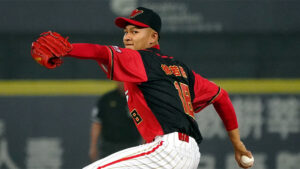
Famous left and right field players and their characteristics
In baseball, there are many great players who have played left field and right field.
With their outstanding skills and overwhelming performances, they have captivated many fans and made their mark in history.
Here we will take a closer look at the characteristics of some of the greatest left fielders and right fielders of all time.
Great left fielders of all time
Barry Bonds
Barry Bonds is considered one of the greatest left fielders in the history of major league baseball. He is characterized by his incredible power and batting sense. Bonds has hit 762 home runs in his career and holds the MLB record of 73 home runs in a season. He is a very precise hitter and has excellent batting eye. Bonds’ home runs have captivated the crowd as they are the blows that change the flow of the game.
Rickey Henderson
Rickey Henderson is known as a master of stealing bases, but he also excels in his defensive range and running ability. As the leadoff hitter, he hit a leadoff home run in many games, putting pressure on the opposing pitcher. Henderson’s speed was also on display defensively, covering a wide area and making difficult plays such as catching in the foul zone.
Ted Williams
Ted Williams is known as a batting genius. His career batting average of .344 is one of the records that has not yet been broken. Williams showed excellent defense as a left fielder and led many games to victory with his outstanding batting technique. His swing was beautiful and his batting form influenced many players.
Great right field players of all time
Babe Ruth
Babe Ruth is such a great player that he is called the God of Baseball. Ruth played not only as a right fielder but also as a pitcher, but his performance as a batter is outstanding. He hit a total of 714 home runs and established himself as the home run king. Ruth’s batting was characterized by the power of hitting the ball far away, and he captivated the audience.
Ichiro
Ichiro is known as a Japanese player who has had success in the major leagues. His specialties are contact hitting and running ability. Ichiro holds the record for most hits in a season, achieving over 200 hits for 10 consecutive years. He has also won numerous Gold Glove Awards for his defensive play, and his range and strong arm have contributed to many victories.
Hank Aaron
Hank Aaron is famous for breaking Babe Ruth’s home run record. Aaron hit 755 home runs in his career and established himself as a power hitter. His batting was very stable, and he boasted not only long-range hitting power but also a high batting average. Aaron’s playing style continues to influence many young players.
summary
The greatest left fielders and right fielders of all time each had their own unique characteristics and skills and have left their mark on baseball history.
Barry Bonds, Rickey Henderson and Ted Williams all contributed to their teams with their outstanding hitting ability and defensive range.
On the other hand, Babe Ruth, Ichiro, and Hank Aaron dazzled fans with their overwhelming batting and defensive ability.
Understanding the achievements of these players will give you a greater appreciation for the depth and appeal of baseball.
Next, let’s take a closer look at the points to consider when choosing the left and right positions.
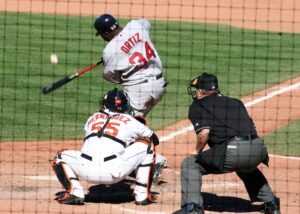
Points to consider when choosing the left and right positions
In baseball, there are left fielders and right fielders, and each position requires different characteristics and skills.
To determine which position a player is best suited for, there are a few things to consider.
Here, we will explain in detail the characteristics of players who are suited to playing left field and those who are suited to playing right field.
Characteristics of players suited to playing left field
The left field position is a position where the ball is hit frequently and there are many opportunities to handle balls hit by powerful hitters.
Below are the characteristics of players who are suited to playing left field:
Reaction speed and judgment : Left fielders need the ability to react quickly to balls hit by powerful hitters and line drives. It is important to instantly judge the trajectory of the ball and position yourself appropriately. This allows you to make a reliable catch even with difficult hits.
Catching skills : Left fielders need the skills to reliably catch high balls and line drives hit near the fence. Catching near the fence is particularly difficult, so timing and positioning are important. This can help you earn outs.
Accuracy of throwing : Accurate throwing to second and third base is required. In particular, quick and accurate throwing is essential to prevent runners from advancing. This allows you to stop runners from advancing.
Power : Left field is a position that requires hitting power, so there tend to be many power hitters. They can hit the ball far with a strong swing and put pressure on the opposing team.
Fence play : Left fielders often play near the fence, so they need to be able to gauge the distance to the fence and play defense reliably while avoiding collisions. This skill relies heavily on experience and judgment.
Characteristics of players suited to right field
The right field position involves many opportunities to handle balls batted by right-handed batters, so the ability to throw long distances is particularly important.
Below are the characteristics of players who are suited to playing right field:
Strong arm : Right fielders often throw long distances to home plate and third base, so they especially need a strong arm. It is important to prevent runners from advancing with powerful throws. This will prevent the team from scoring.
Reaction speed : You need reaction speed to quickly deal with balls hit by right-handed batters. You need to be able to respond quickly to line drives in particular. This will help you earn outs.
Wide defensive range : Right fielders must cover a wide defensive range, so speed and agility are important. Cooperation with the center fielder is also important, and quick responses to batted balls are required.
Contact Hitting : Right fielders are required to produce a lot of hits. By having a high batting average and hitting consistently, they create a rhythm for the team’s offense, which increases the team’s chances of scoring.
Base running skills : Right field players are not only valued for their batting skills, but also for their base running skills. By aggressively running the bases and stealing bases after reaching the base, you can create advantageous situations for your team. This will increase your chances of scoring.
Clutch hitting : In important moments of a game, strong hitting is often required. Right fielders are expected to stay calm and hit under pressure to contribute to their team. This can change the flow of the game.
summary
The choice of left or right position is heavily influenced by each player’s characteristics and skills.
The left field position requires quick reaction time, catching skill, and power, while the right field position requires a strong arm, a wide defensive range, and contact hitting.
Placing players with these characteristics in the right positions will improve the team’s overall defensive and offensive strength, which can have a major impact on the outcome of a game.
Next, let’s take a closer look at how to practice and train left and right.

Left and right practice methods and training
The left field and right field positions require different roles and skills, so they also have different practice methods and training.
With proper practice and training, players can improve their skills according to the characteristics of their position.
Here we will explain in detail the basic practice methods for left and right.
Basic left practice
Catching practice : Left fielders need to hone their catching skills to be able to reliably catch hard hit balls and line drives. Catching practice near the fence is also important to deal with high hit balls and plays near the fence. In particular, players are required to master the technique of catching the ball without hitting it against the fence.
Throwing practice : In order to throw the ball accurately to second or third base, you need to practice to improve the accuracy of your throwing. It is important to practice long throws, strengthen your shoulders, and repeatedly practice throwing with an eye on accuracy.
Fly catch practice : We practice fly catch to deal with high hit balls and balls that change due to the wind. We practice in various conditions, especially on windy days and against irregular hit balls.
Training to improve reaction speed : Left fielders need to be able to react quickly to balls hit by powerful hitters. Training to improve reaction speed includes short-distance sprints and drills to improve reflexes.
Fence Play Practice : Catching near the fence is an important skill for left fielders. Practice catching fly balls close to the fence and positioning yourself to avoid crashing into the fence.
Basic light training
Throwing practice that makes the most of a strong arm : Right fielders often throw long distances to home plate and third base, so they need to practice throwing that makes the most of their strong arm. They practice long distance throws to strengthen their shoulders, and repeatedly practice throwing with an emphasis on accurate throwing.
Fly catch practice to expand defensive range : Right fielders cover a wide defensive range, so fly catch practice is important. In particular, fly catch practice, including left and right movements and backward movements, will be conducted with the aim of expanding the defensive range.
Improving reaction speed and judgment : Right fielders need to improve their reaction speed and judgment in order to respond quickly to balls hit by right-handed batters. They will train to improve their reaction speed by incorporating drills to train short-distance sprints and reflexes.
Contact hitting practice : Right fielders also play an important role in batting, so they need to practice contact hitting. In particular, they will do batting practice to mass produce hits and aim for a high batting average.
Base running technique training : For right fielders, base running technique is important as well as hitting. We practice stealing bases and running between bases, and conduct training to make quick base runs. This will enable you to be an active base runner during the game.
summary
Left and right field practice methods and training differ to suit the characteristics of each position.
Left fielders need to focus on catching technique, throwing accuracy, and playing close to the fence.
On the other hand, right fielders are required to improve their throwing skills by making use of their strong arm, practice fly catching to cover a wider defensive range, and improve their reaction speed and judgment.
With proper practice and training, players can improve their position-specific skills and contribute to their team’s victory.
